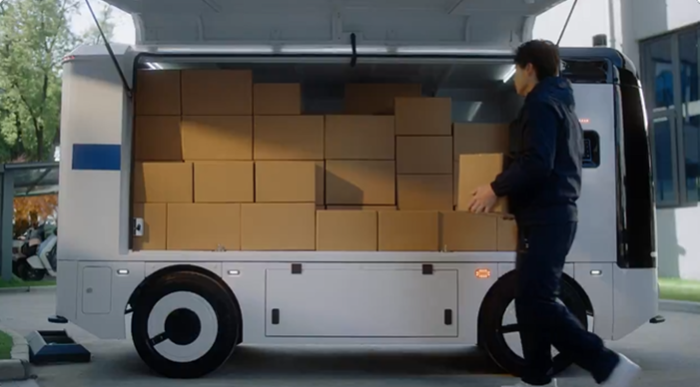
Researchers from ETH Zurich have unveiled an autonomous navigation system that significantly enhances the speed and maneuverability of wheeled robots in urban settings.
The researchers developed a control system powered by reinforcement learning designed for wheeled-legged quadrupeds, enabling the robots to smoothly transition between walking and driving modes when navigating challenging terrain like stairs.
A prototype Swiss-Mile robot fitted with the control system autonomously navigated more than 6 miles in urban environments in Zurich, Switzerland and Seville, Spain, requiring minimal human intervention.
The researchers suggest the system could improve robotic deliveries and logistics in urban environments.
“Our findings support the feasibility of wheeled-legged robots and hierarchical reinforcement learning for autonomous navigation, with implications for last-mile delivery and beyond,” their paper reads.
Wheeled robots face challenges in urban environments due to complex navigation requirements and obstacles like uneven terrain and busy pedestrian traffic, which can slow them down and reduce their effectiveness.
The researchers argue that hybrid wheeled-legged robots are feasible in urban environments.
Their work starts with a human scanning urban environments with a laser scanner to build detailed maps. The information is then processed and turned into a navigation graph.
The graph is then fed to the robot, with a reinforcement learning framework instructing it on how to adapt to terrain and various obstacles at high speed.
Because the researchers mapped a detailed route, the wheeled robot has a better understanding of how to navigate complex environments like stairs and narrow spaces.
The researchers showcased the wheeled quadruped traversing train tracks, concrete stairwells and indoor shopping environments, stepping only where necessary.
The robot can steer around blocked routes, determining new optimal paths to its destination in real time. It also actively detects humans to avoid potential collisions.
“The wheeled-legged robot system demonstrates the potential for achieving robust autonomy in complex and dynamic urban environments using data-driven approaches,” the researchers wrote. “Although challenges remain, such as improving perception capabilities or reducing human labor in map creation, our research paves the way for future advancements in the field of wheeled-legged robots and autonomous urban applications.”
iPhone maker Apple and the European Union’s Horizon 2020 research and innovation program provided funding for the research project.
About the Author
You May Also Like
.jpg?width=100&auto=webp&quality=80&disable=upscale)
.jpg?width=400&auto=webp&quality=80&disable=upscale)






